In situ synthesis of magnetic nanoparticles in a hydrogel and fabrication of a magnetic thermoresponsive hydrogel composite.


In situ synthesis of magnetic nanoparticles in a hydrogel and fabrication of a magnetic thermoresponsive hydrogel composite.
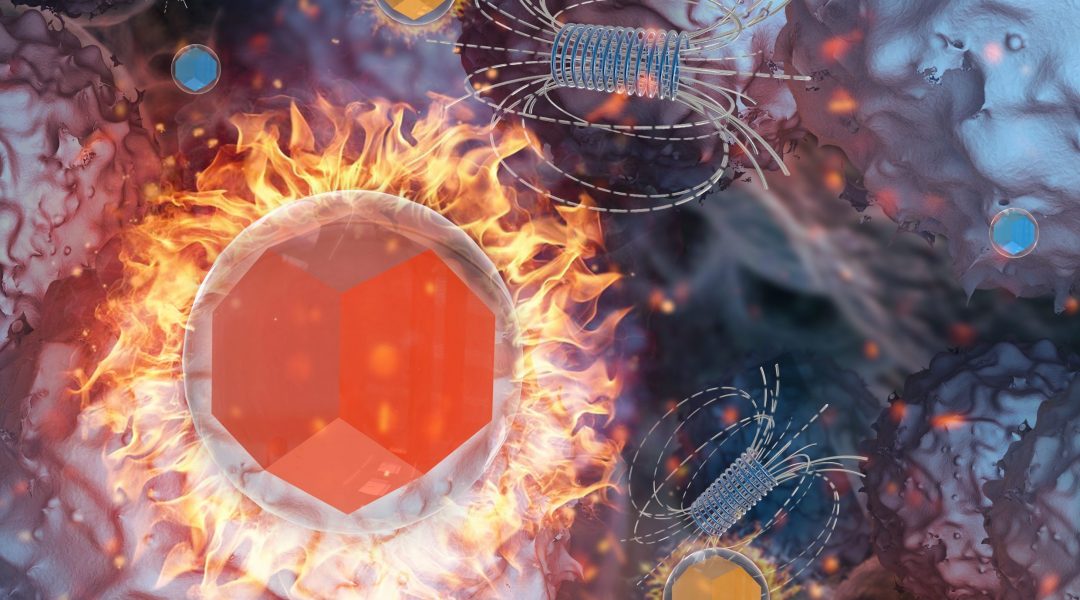
Careful design of magnetic properties in nanoparticles of alloyed magnetically hard and soft ferrites leads to high-performing particles.
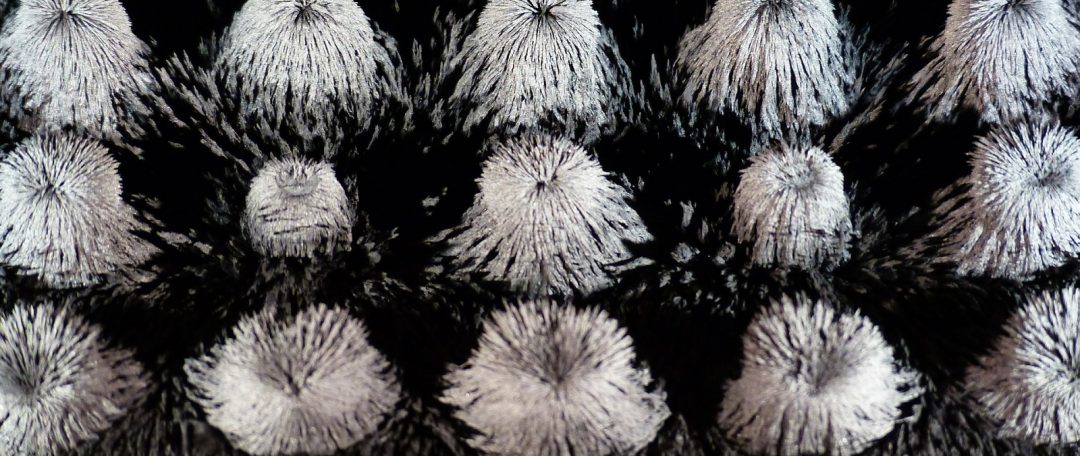
Researchers demonstrate that magnetic anisotropy can be continuously tuned between the two limits of in-plane and out-of-plane.
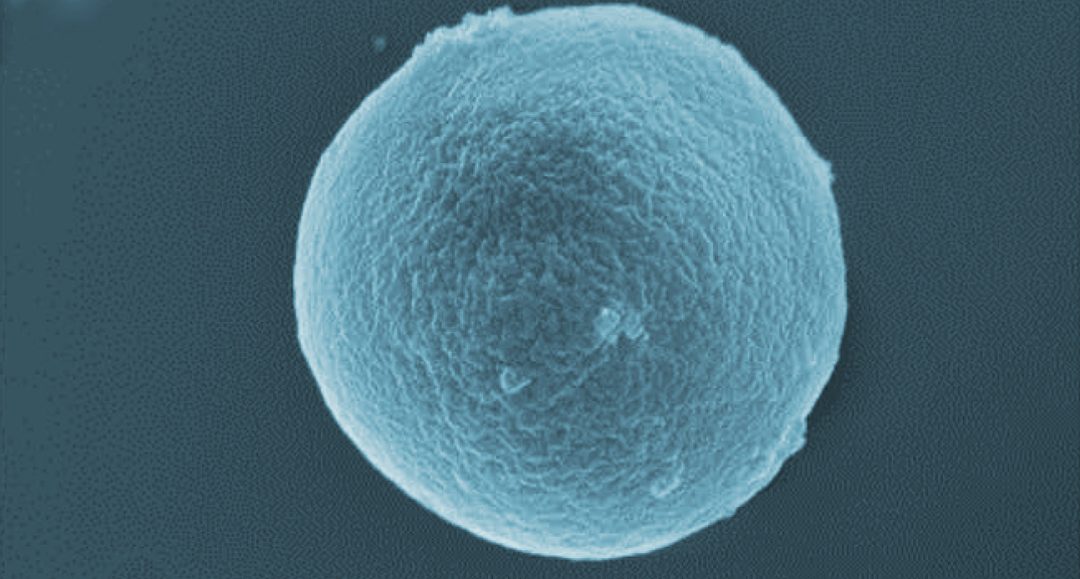
New magnetically-activated drug delivery systems offer a potentially more effective tool to fight tuberculosis
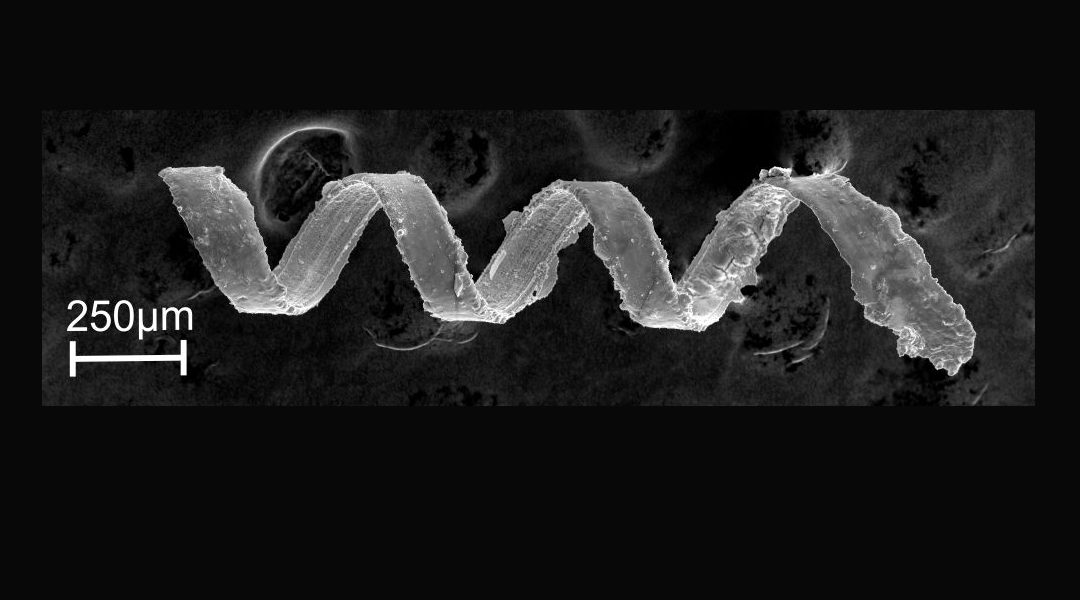
The fabrication of microhelices with semi-hard-magnetic characteristics using template-assisted electroforming is reported.
![Synthetic Anti-Ferromagnetic Nanostructures for Wearable Spintronic Devices [Video]](https://www.advancedsciencenews.com/wp-content/uploads/2018/05/adma201800449_ASN_image.png)
Ionic gel modulation of Ruderman–Kittel–Kasuya–Yosida interactions in flexible, synthetic anti-ferromagnetic nanostructures.
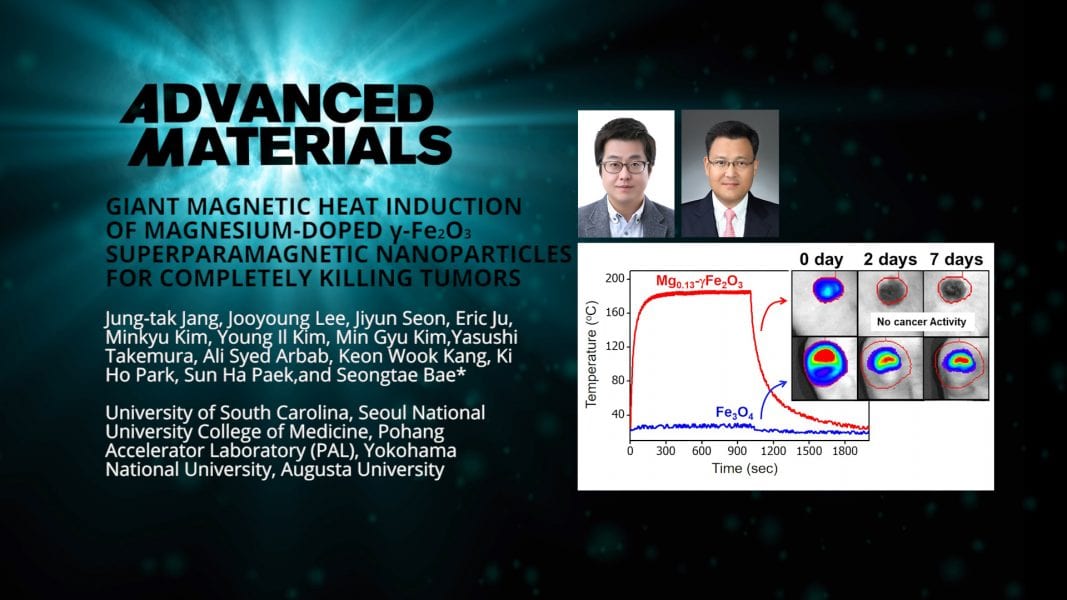
Researchers develop a new anticancer agent composed of magnesium shallow-doped iron oxide superparamagnetic nanoparticles (SPNPs). The magnetic fluid hyperthermia (MNFH) agent is highly biocompatible and is able to completely eradicate Hep3B-induced tumors.

Researchers from Hong Kong Polytechnic University and the Hong Kong Polytechnic University Shenzhen Research Institute achieve remote and temporal tuning of luminescence intensity and wavelength in green- and blue-emissive piezophosphors by modulating the magnetic field. This novel method is promising for applications in magnetic optical sensing, piezophotonics, energy harvesting, nondestructive environmental surveillance, novel light sources, and displays.
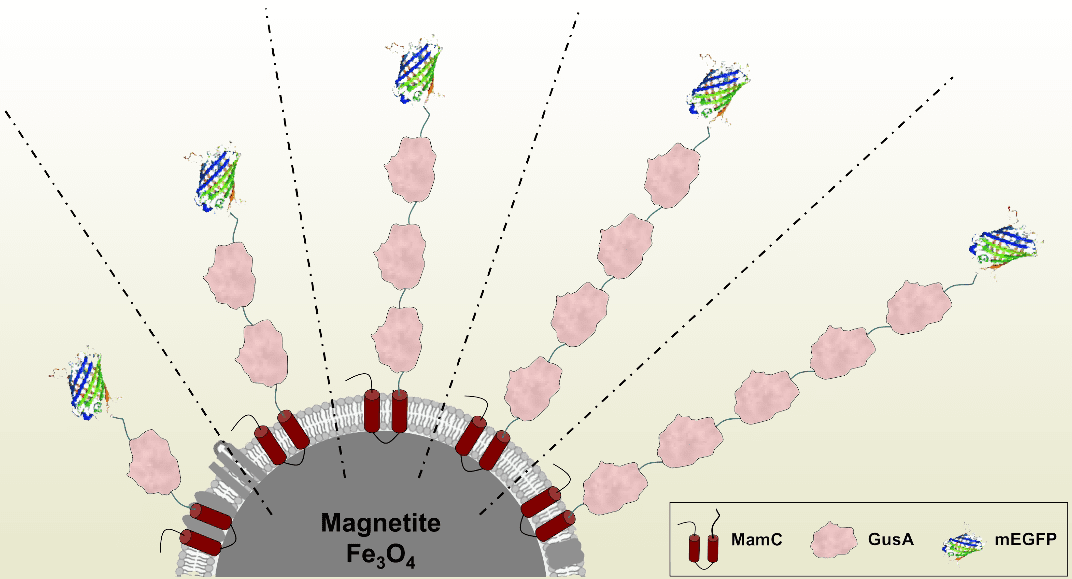
A new in vivo strategy for displaying foreign polypeptides on magnetosomes is presented.
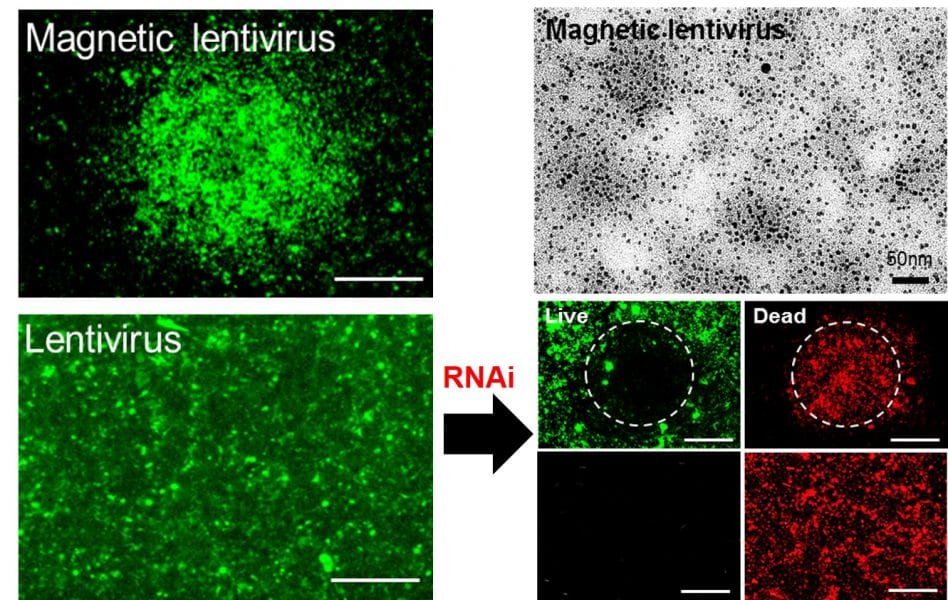
A team of researchers from National Sun Yat-sen University report on microscale RNA interference using iron oxide nanoparticle-modified lentivirus.